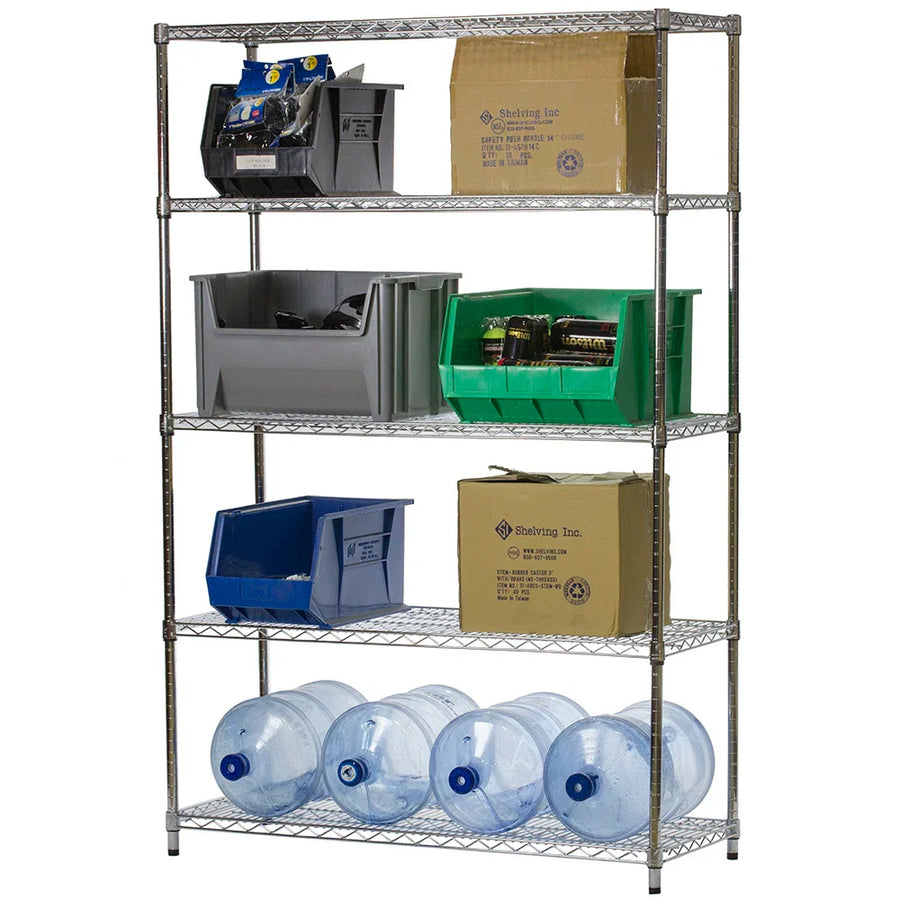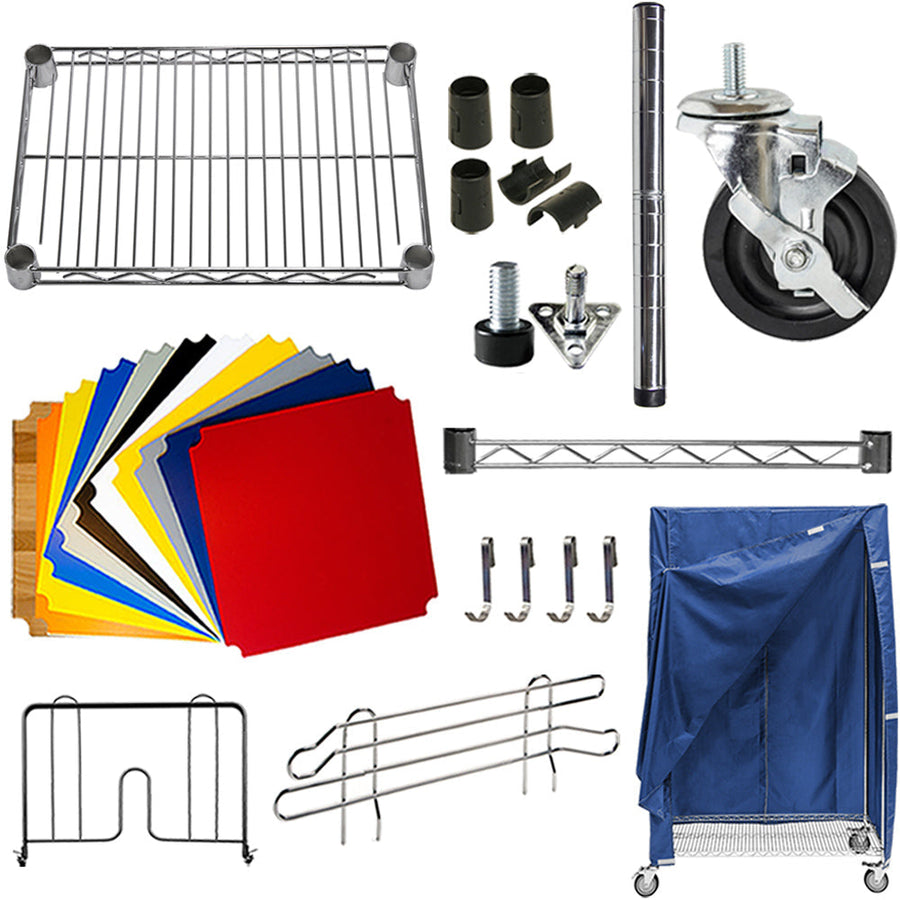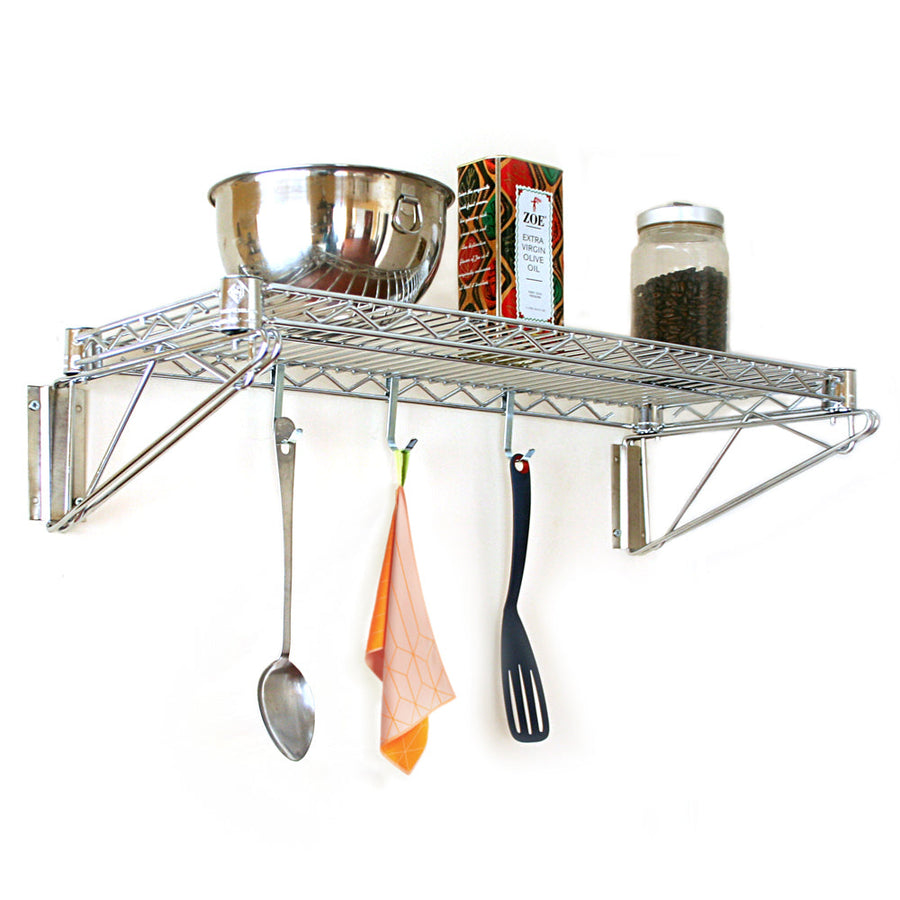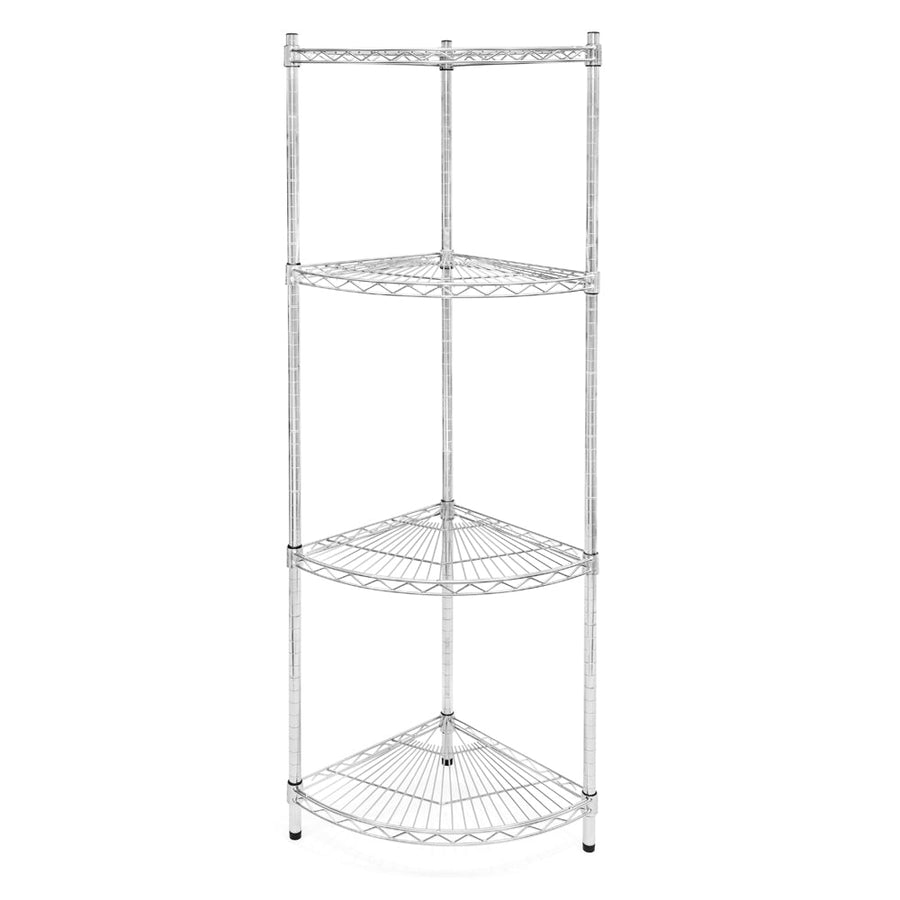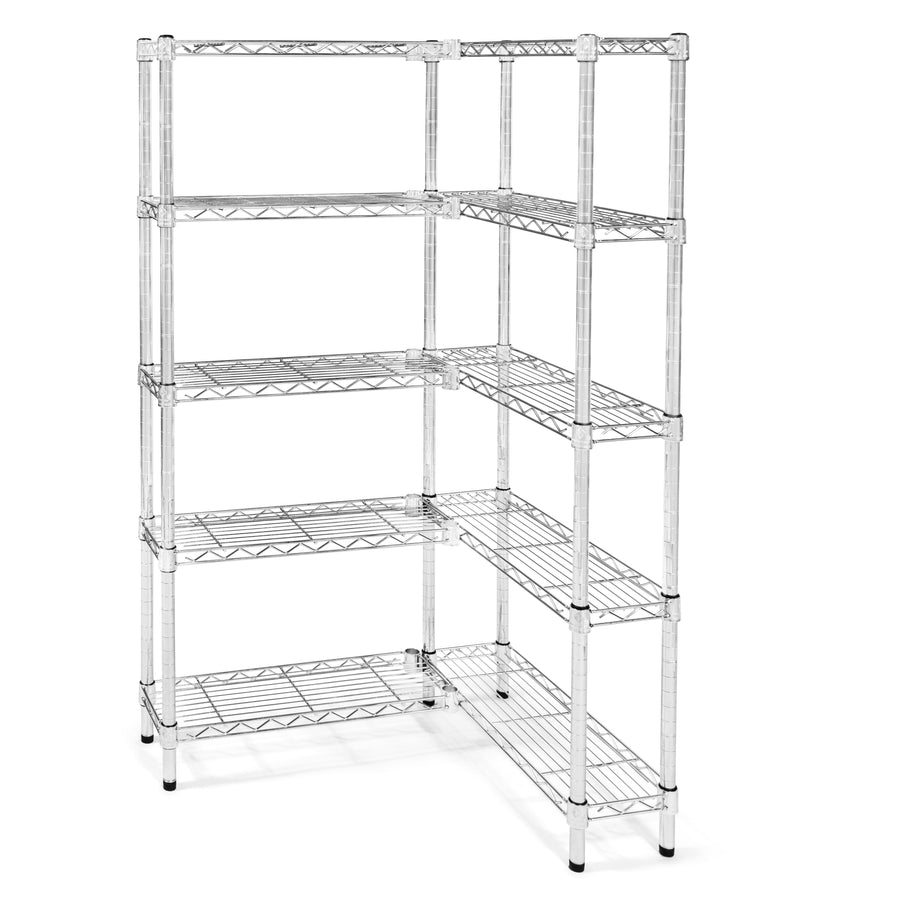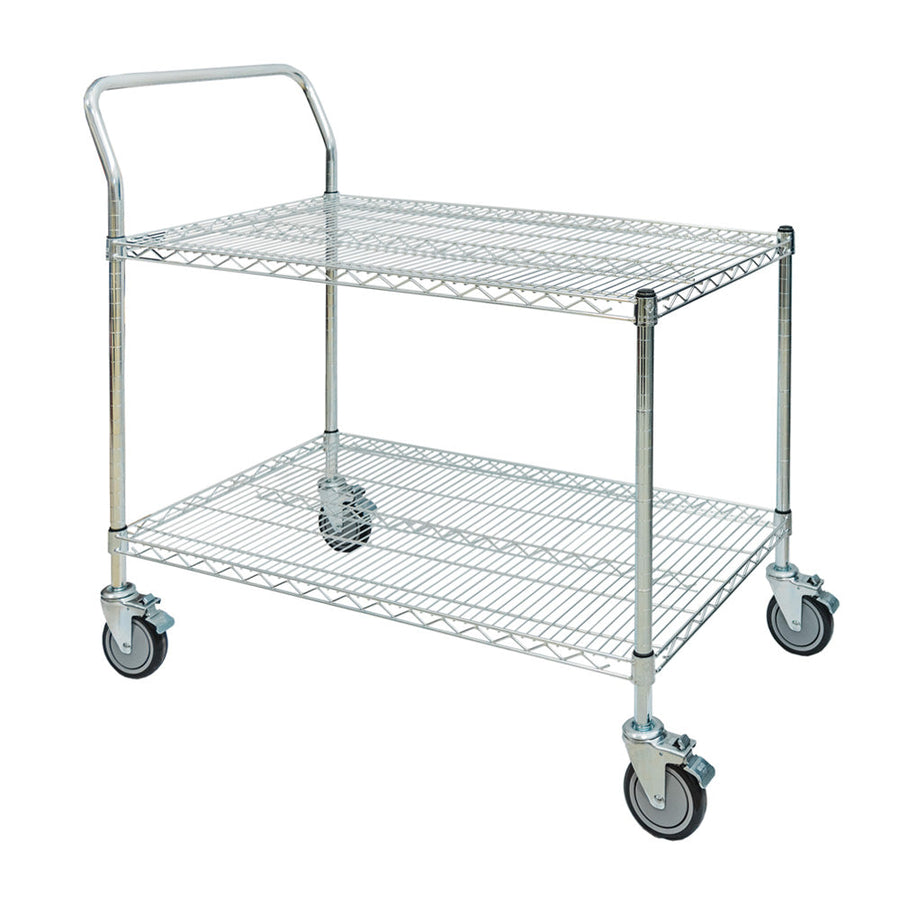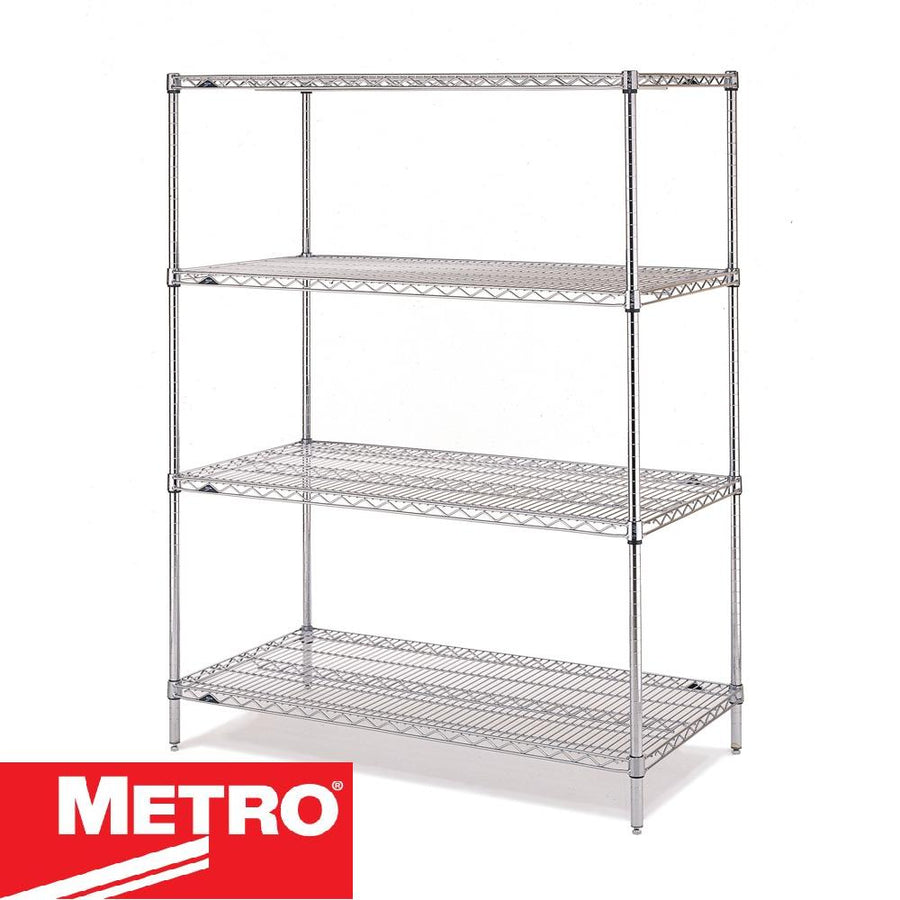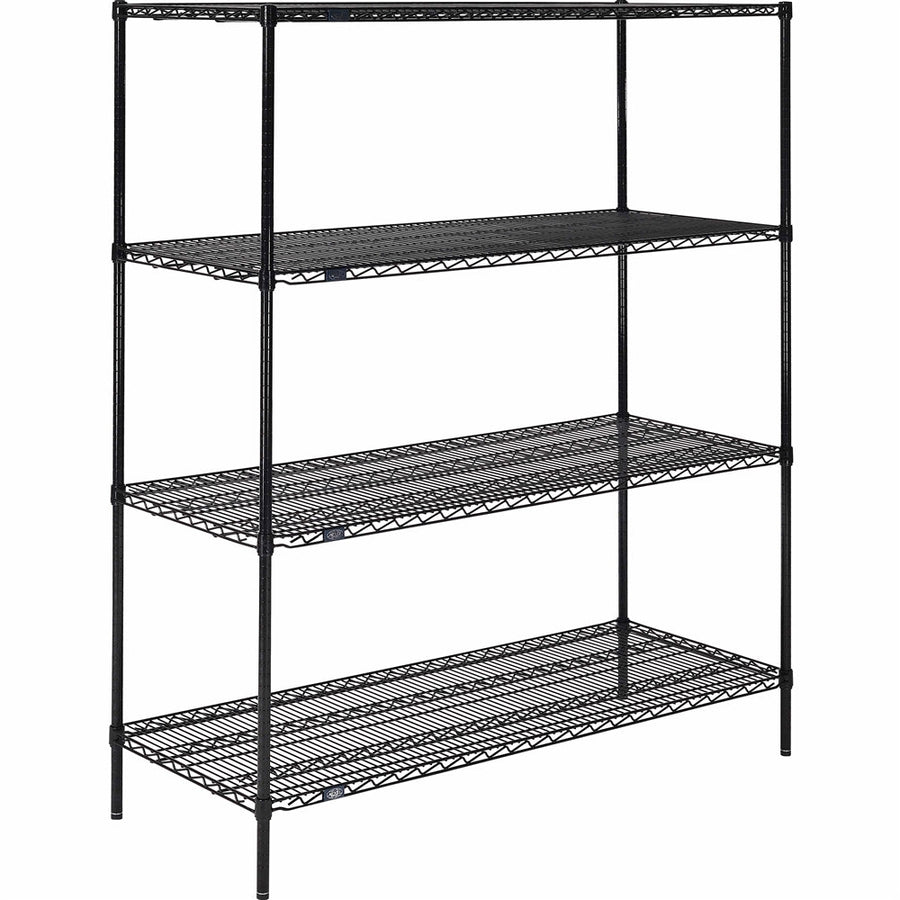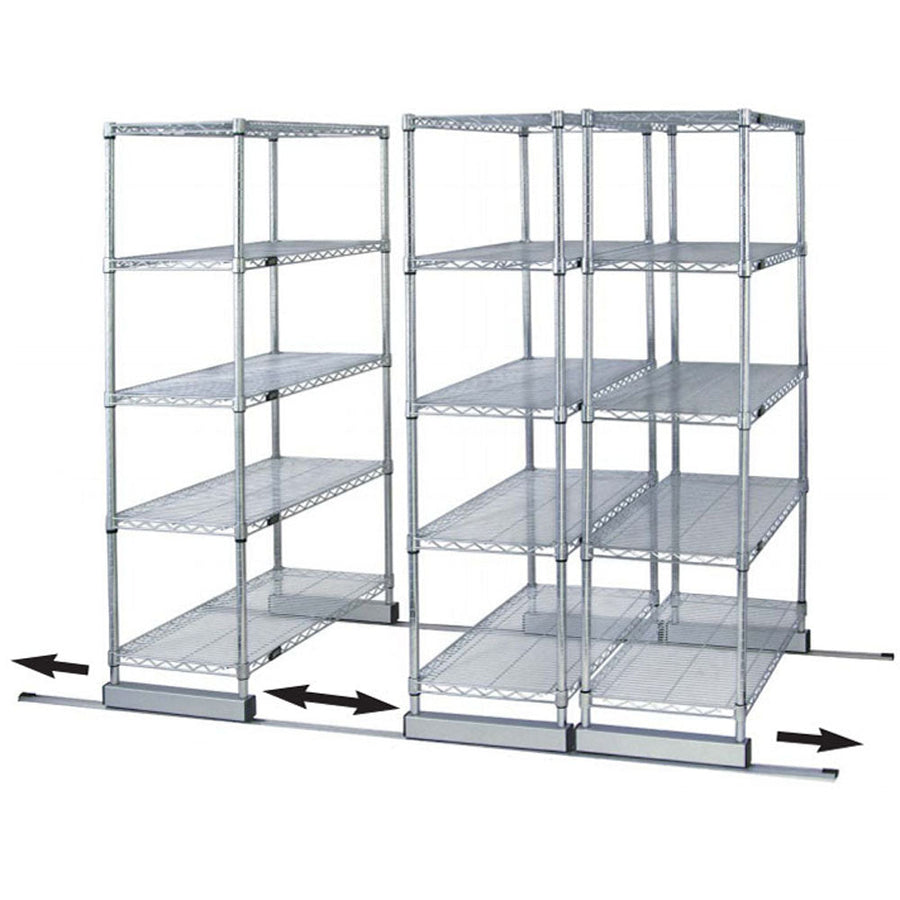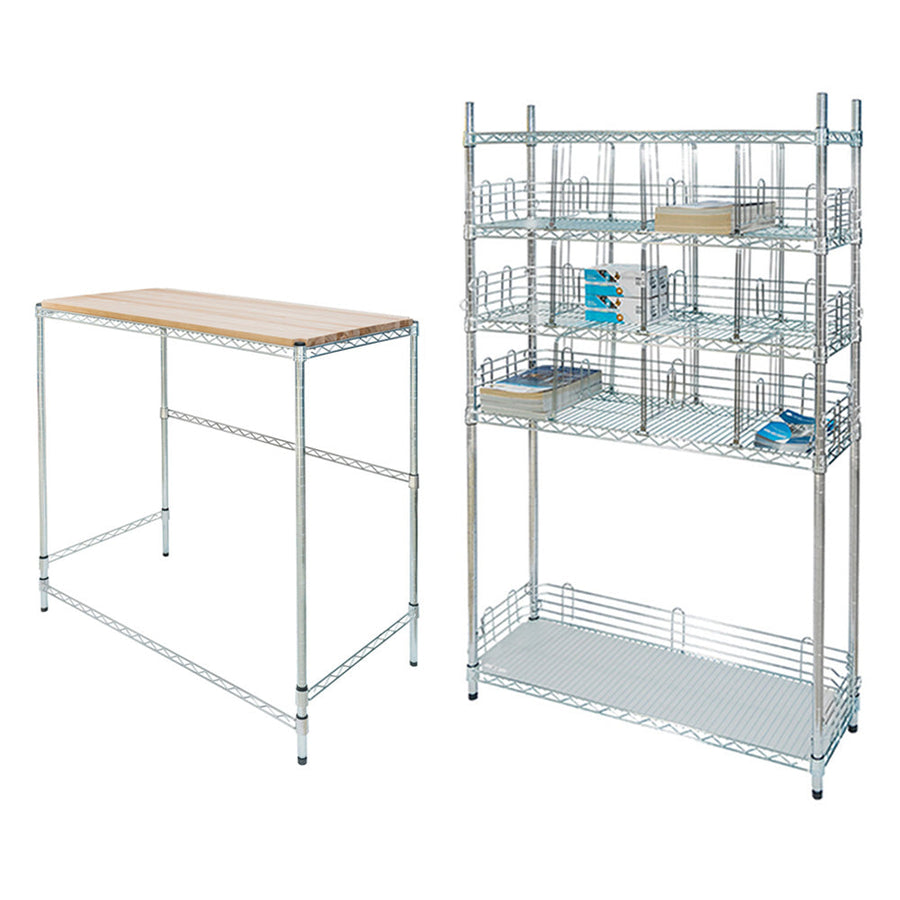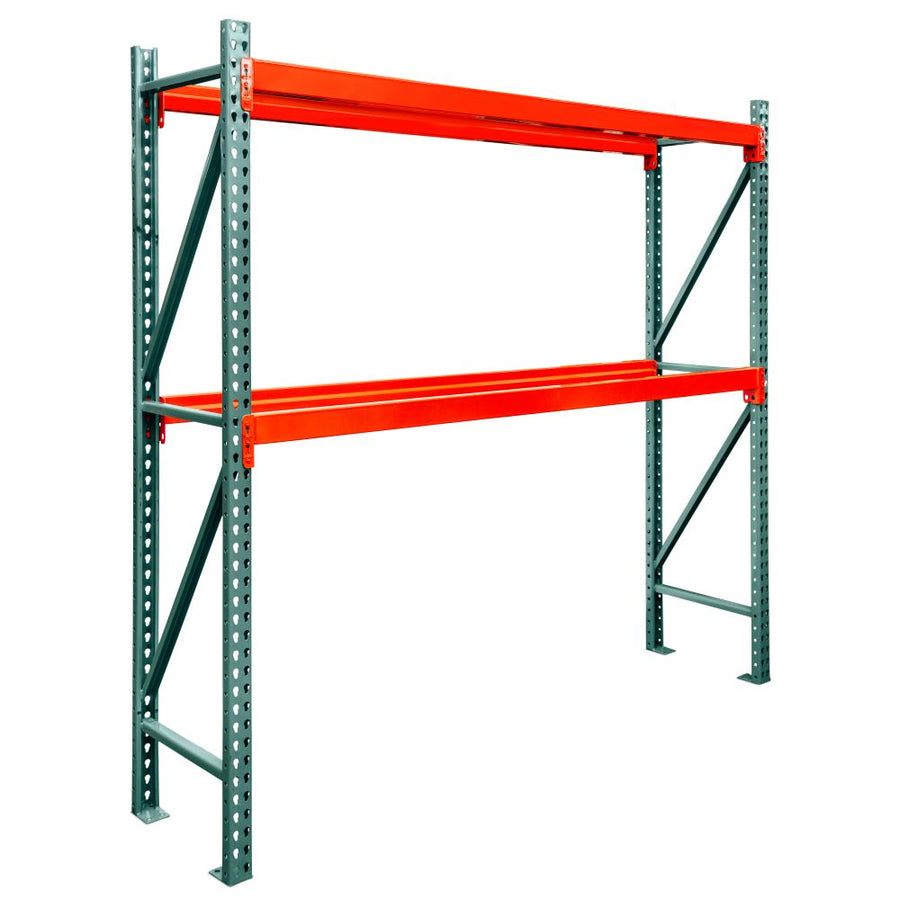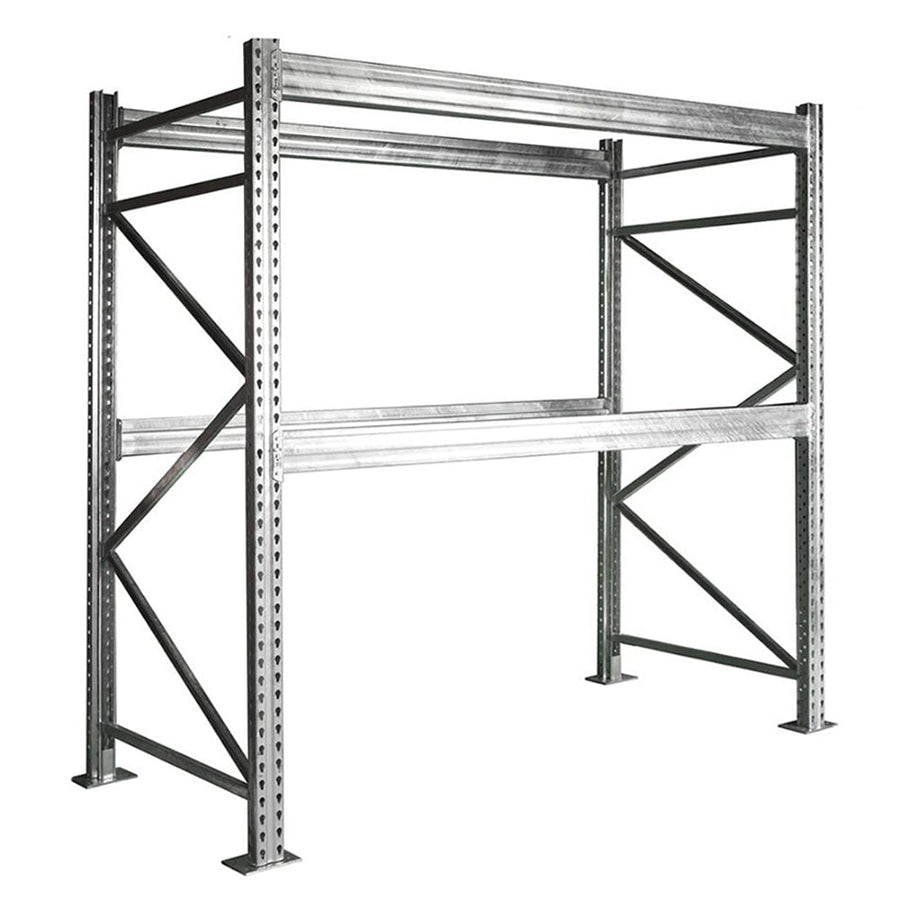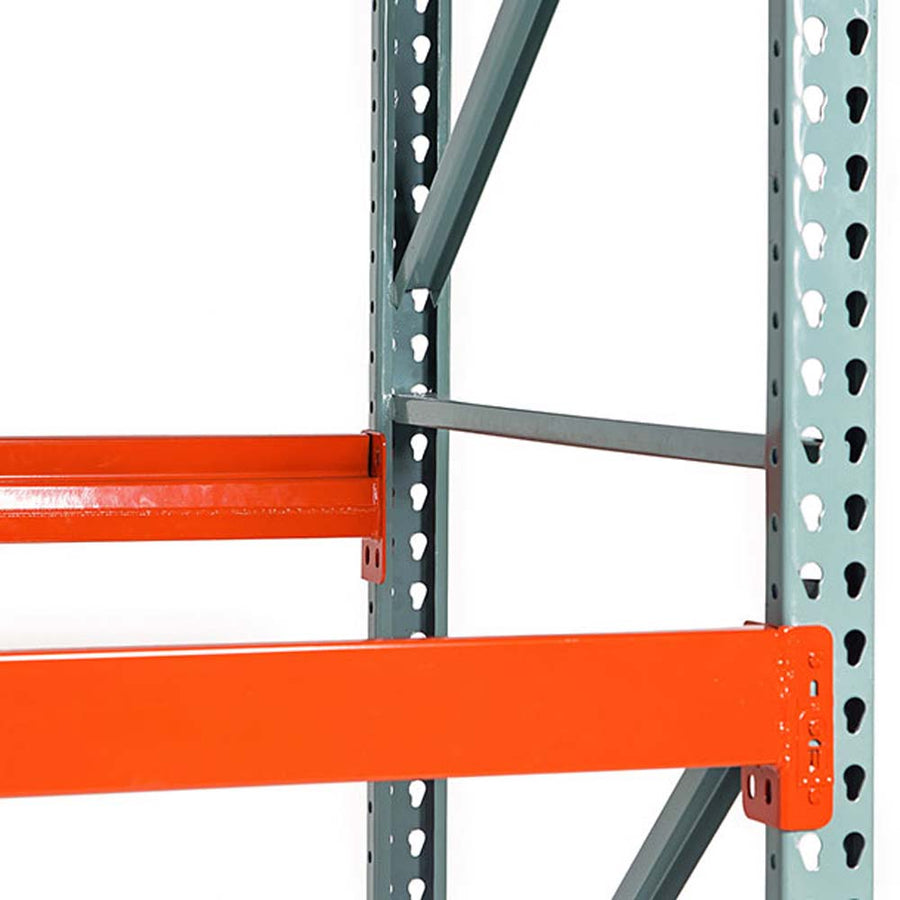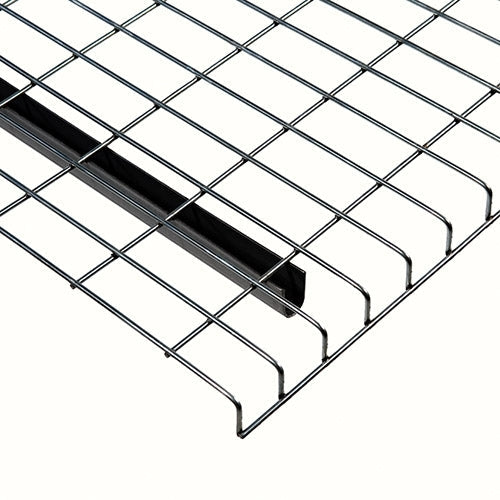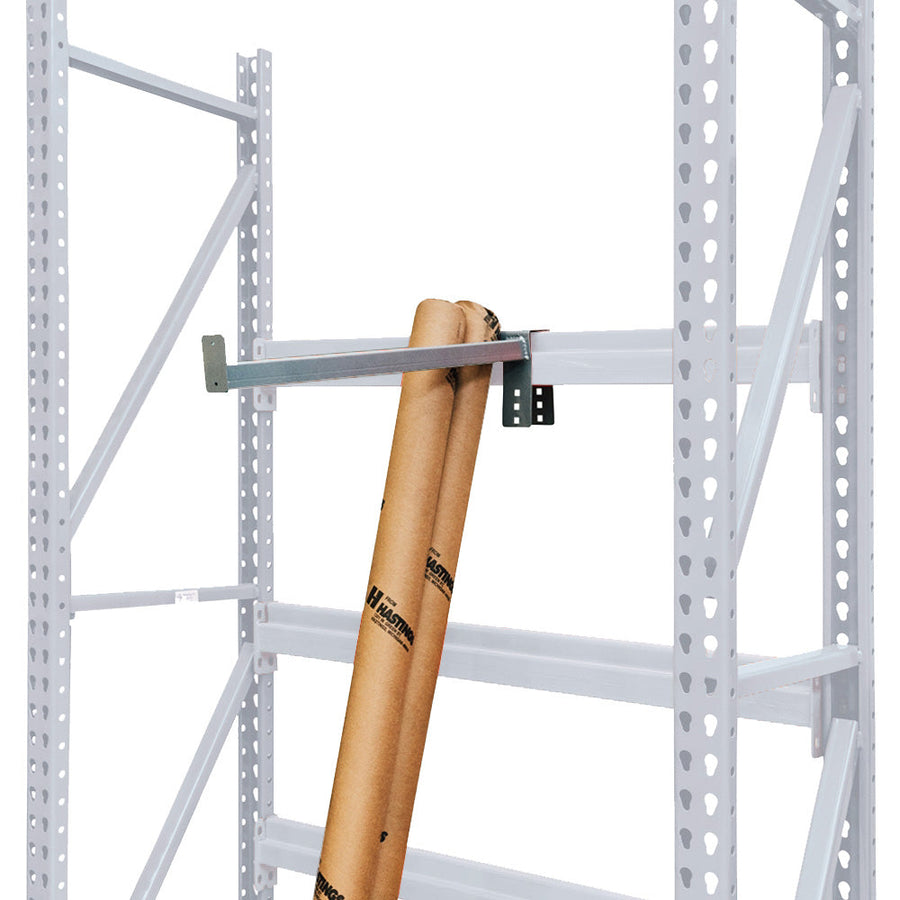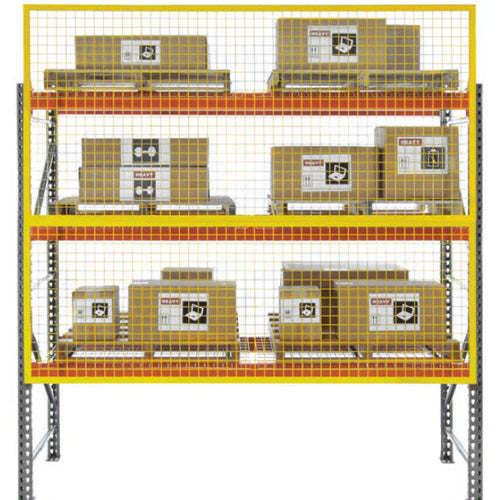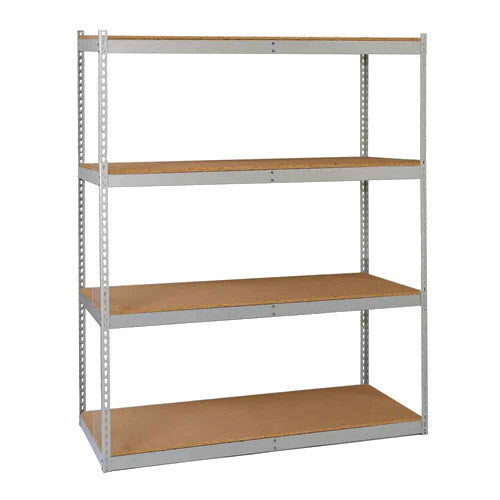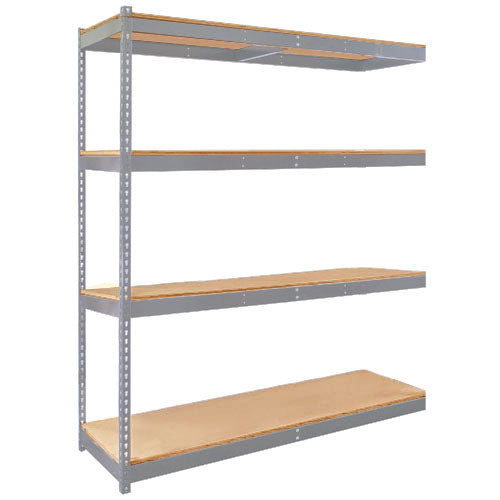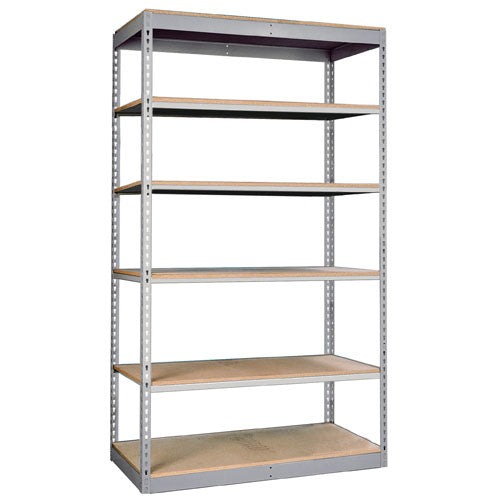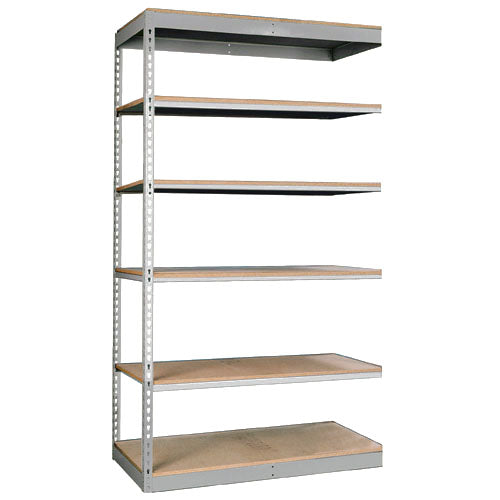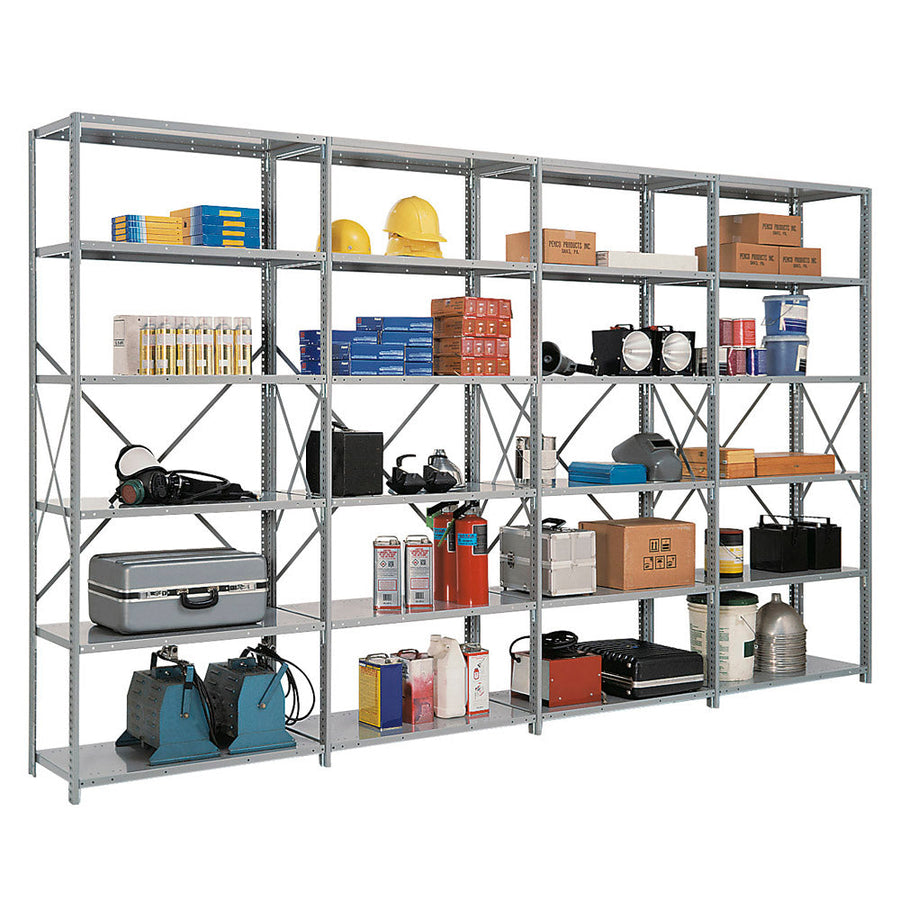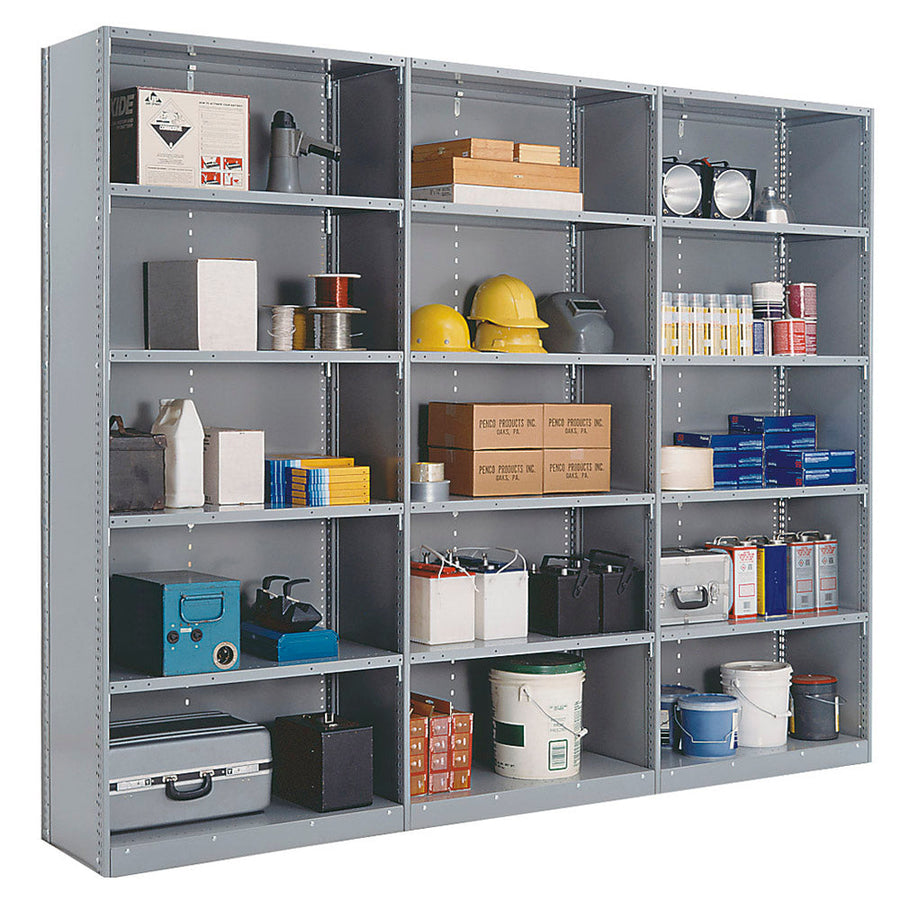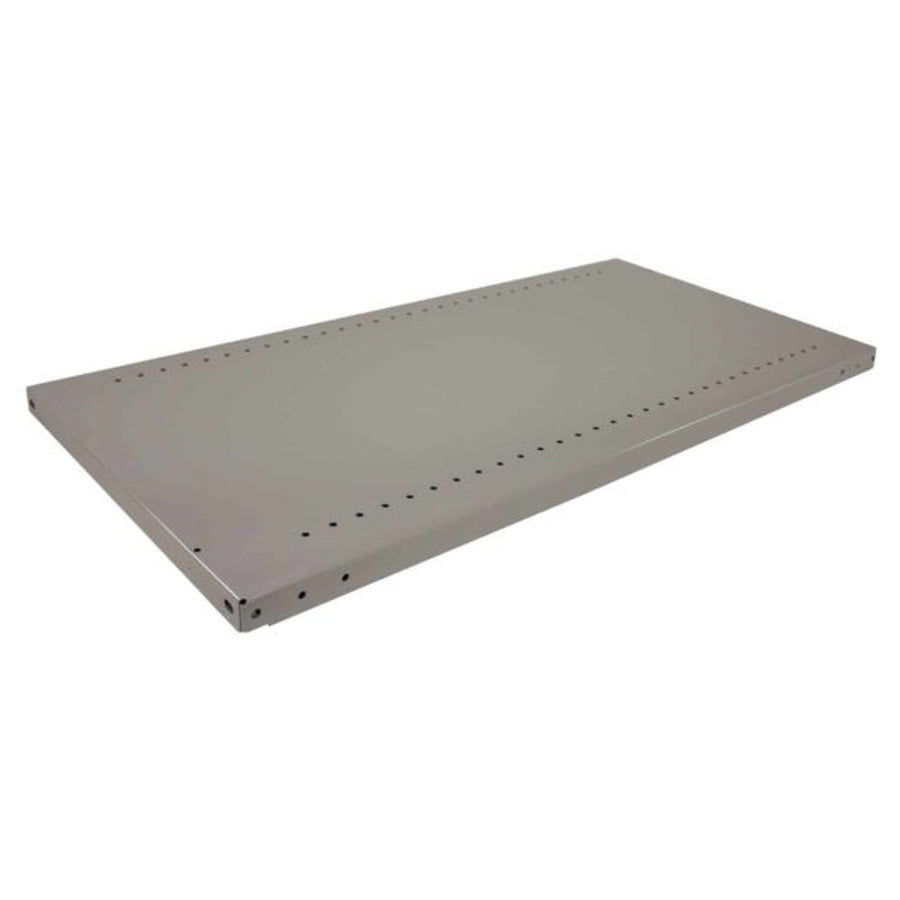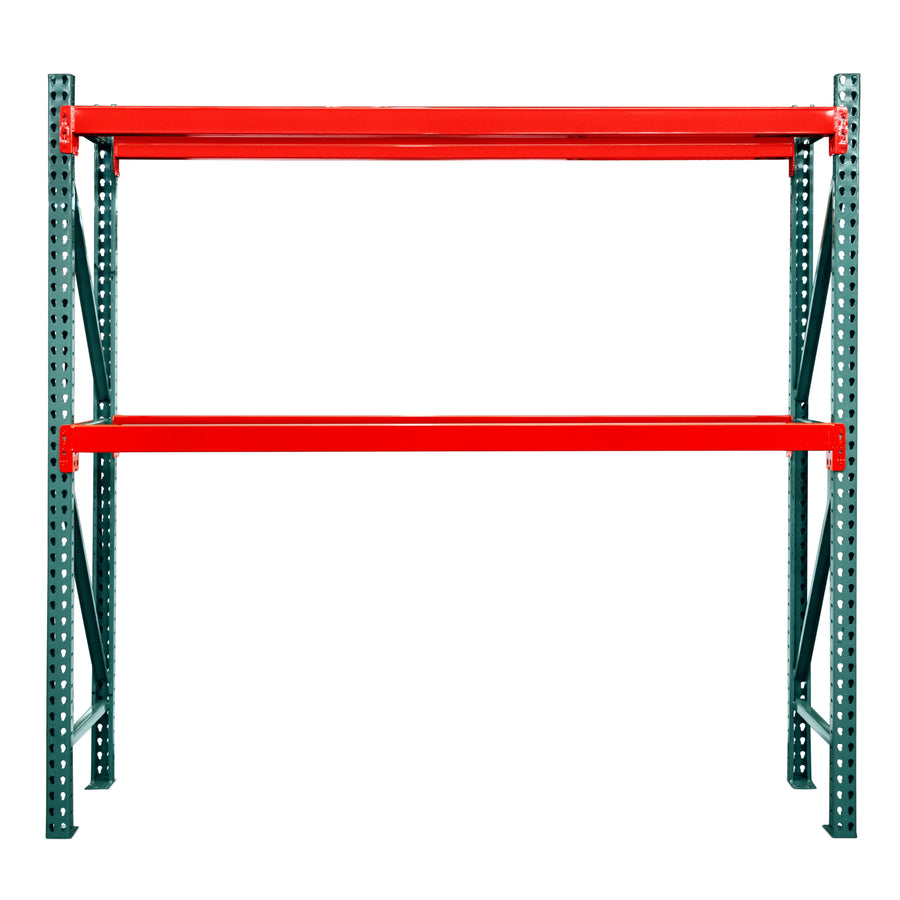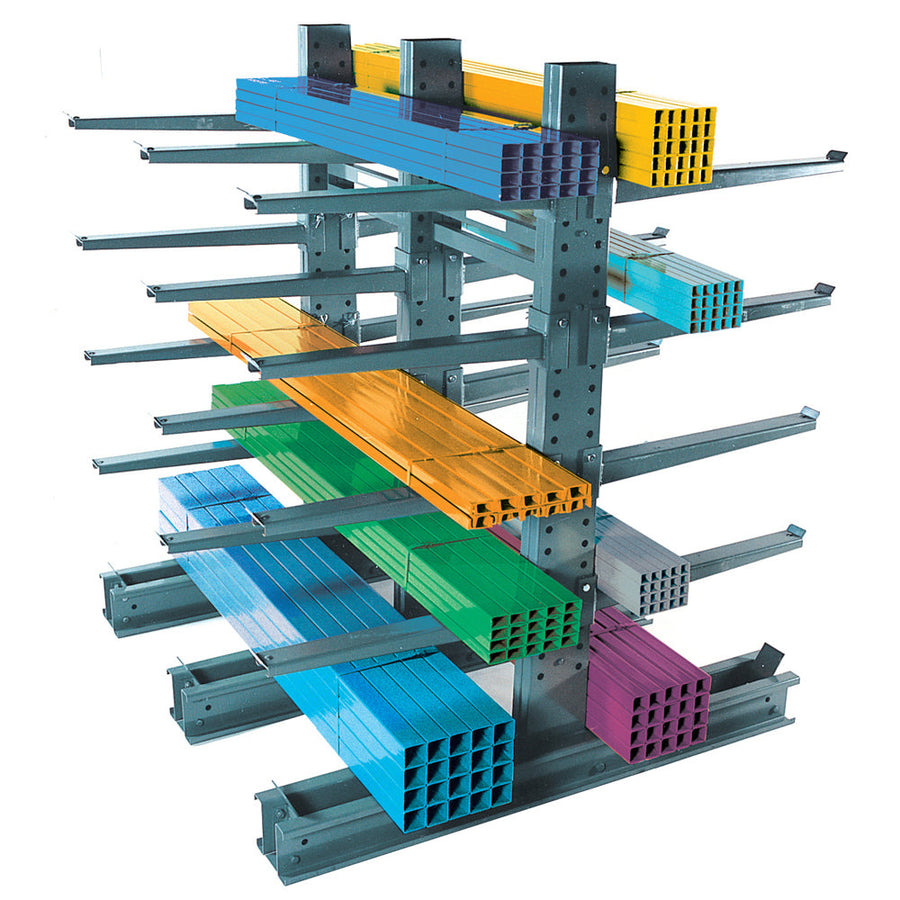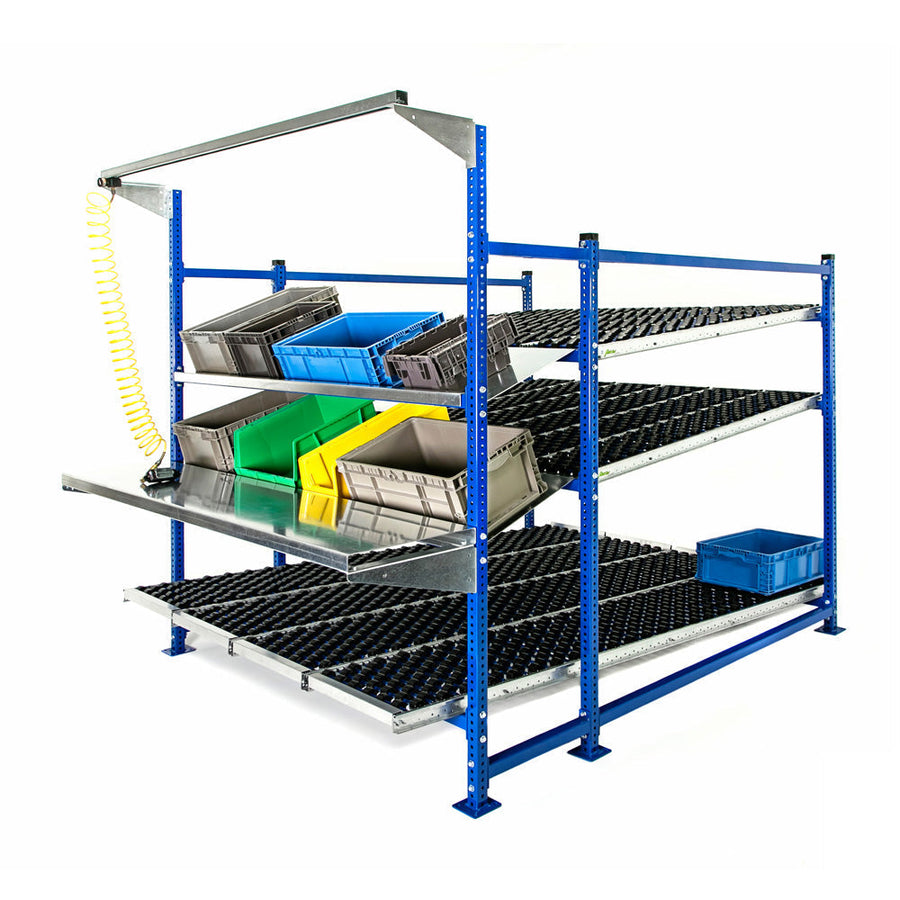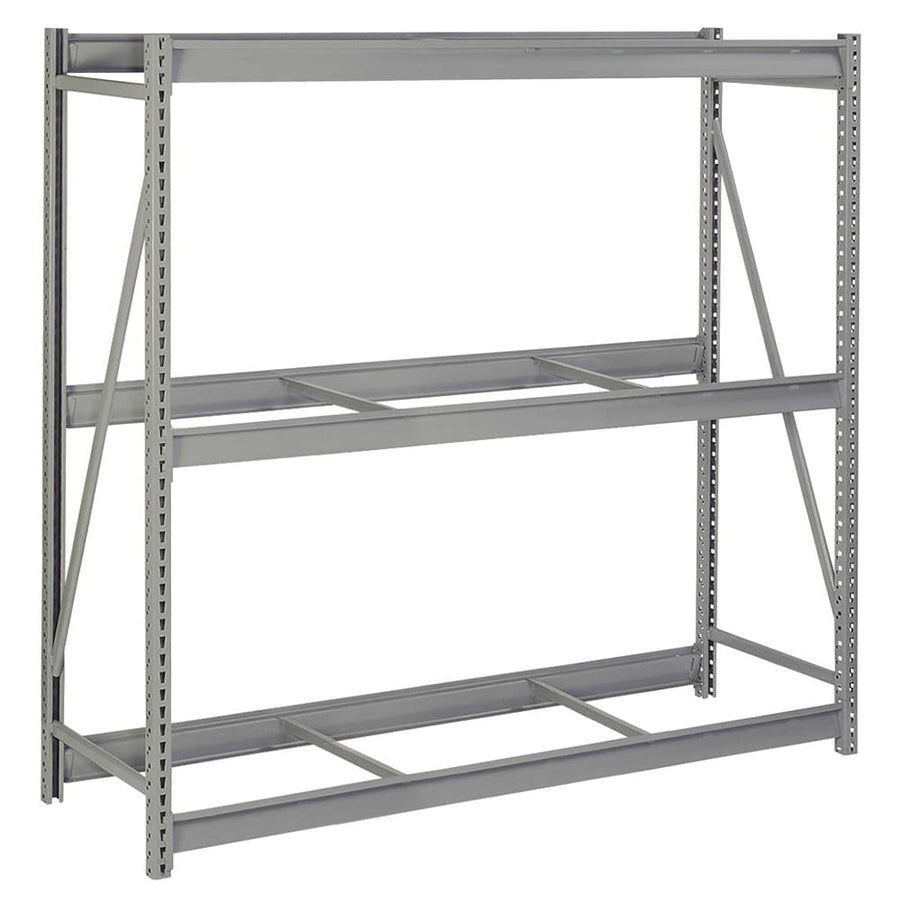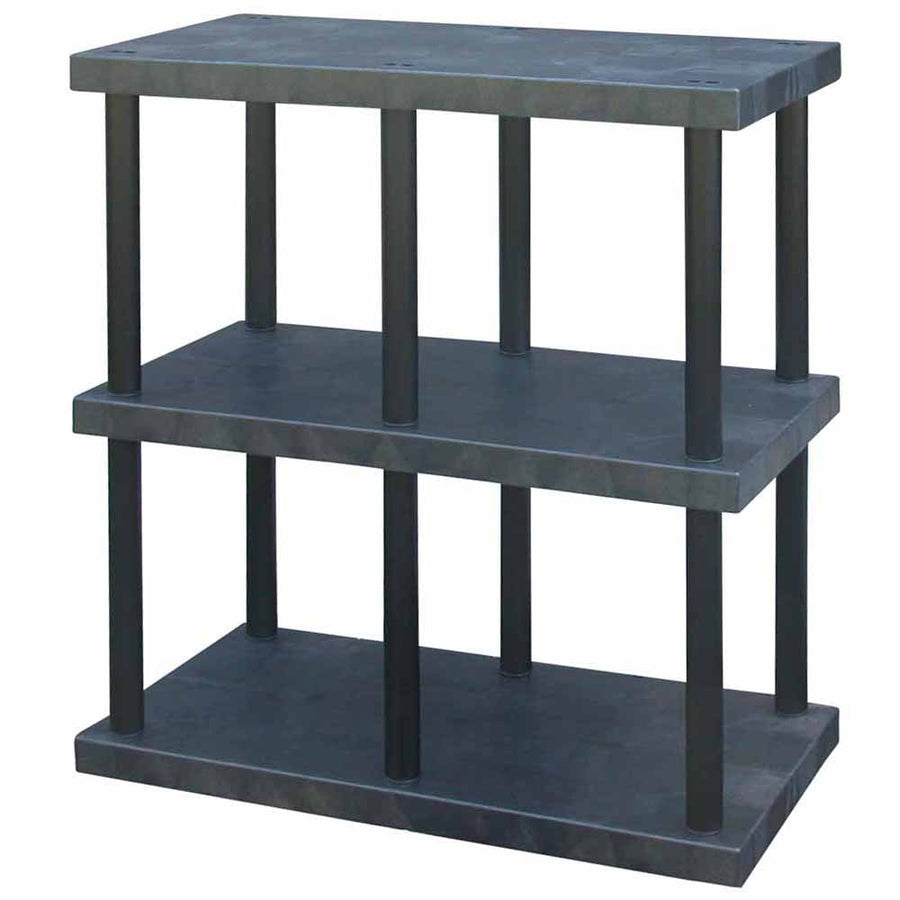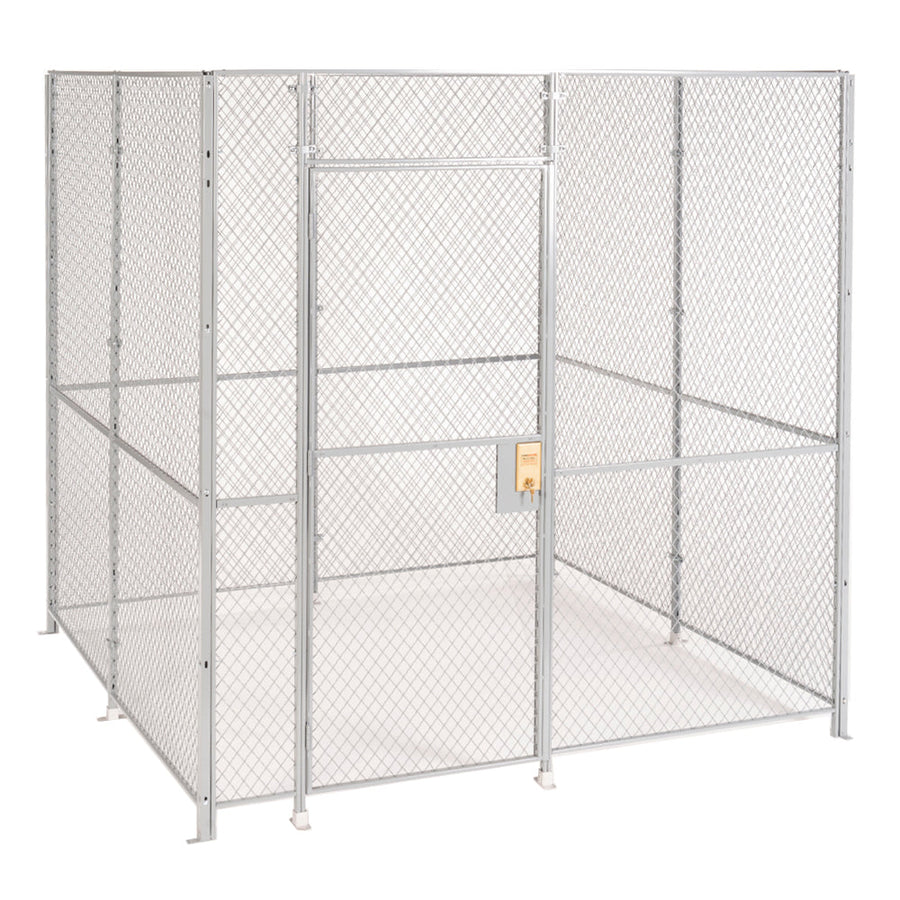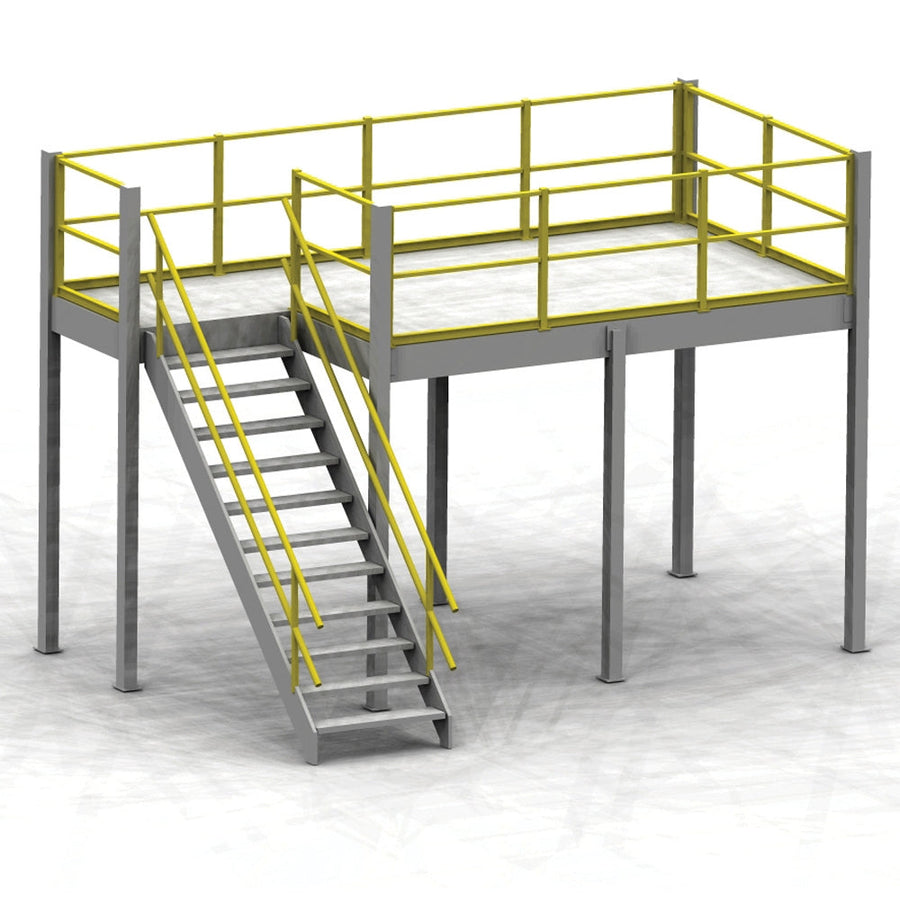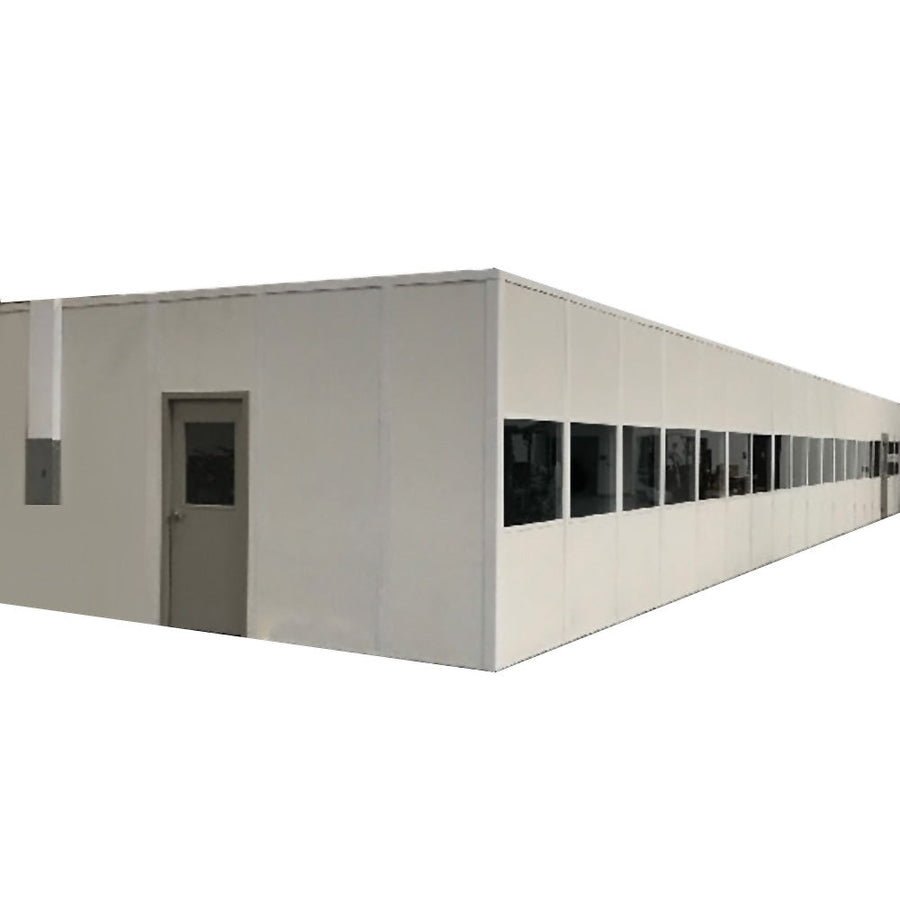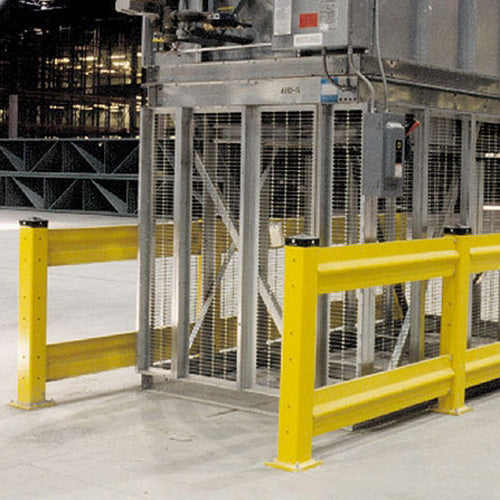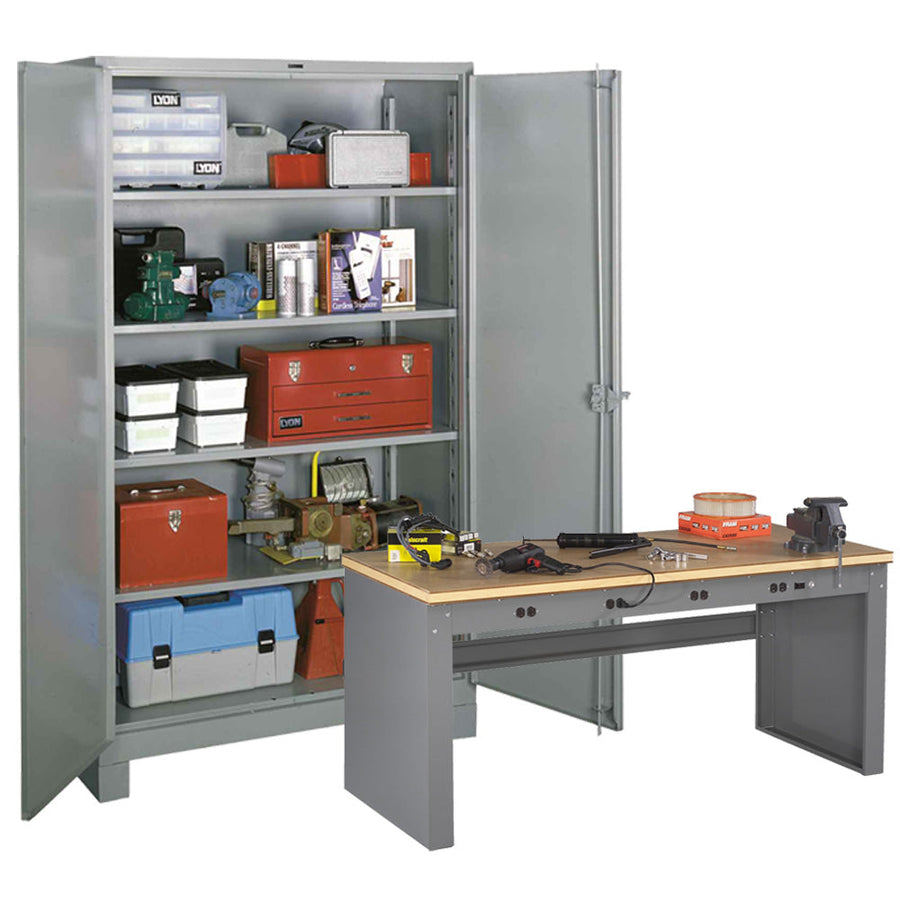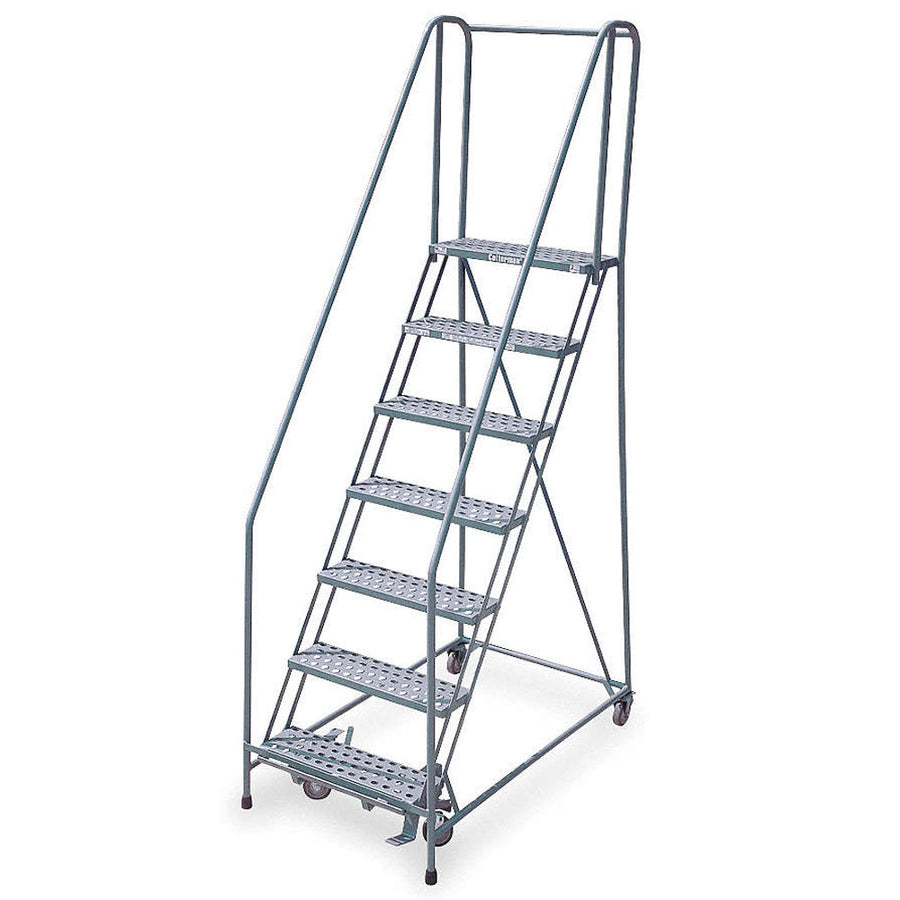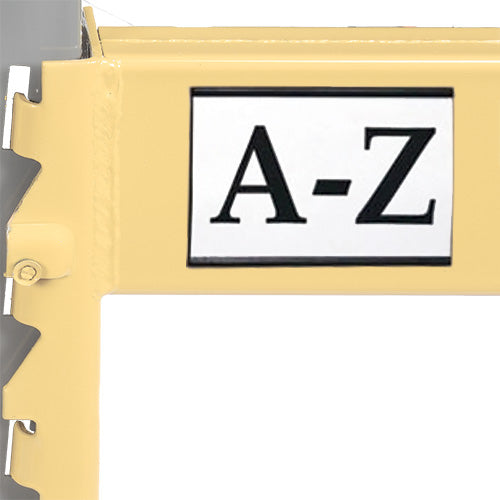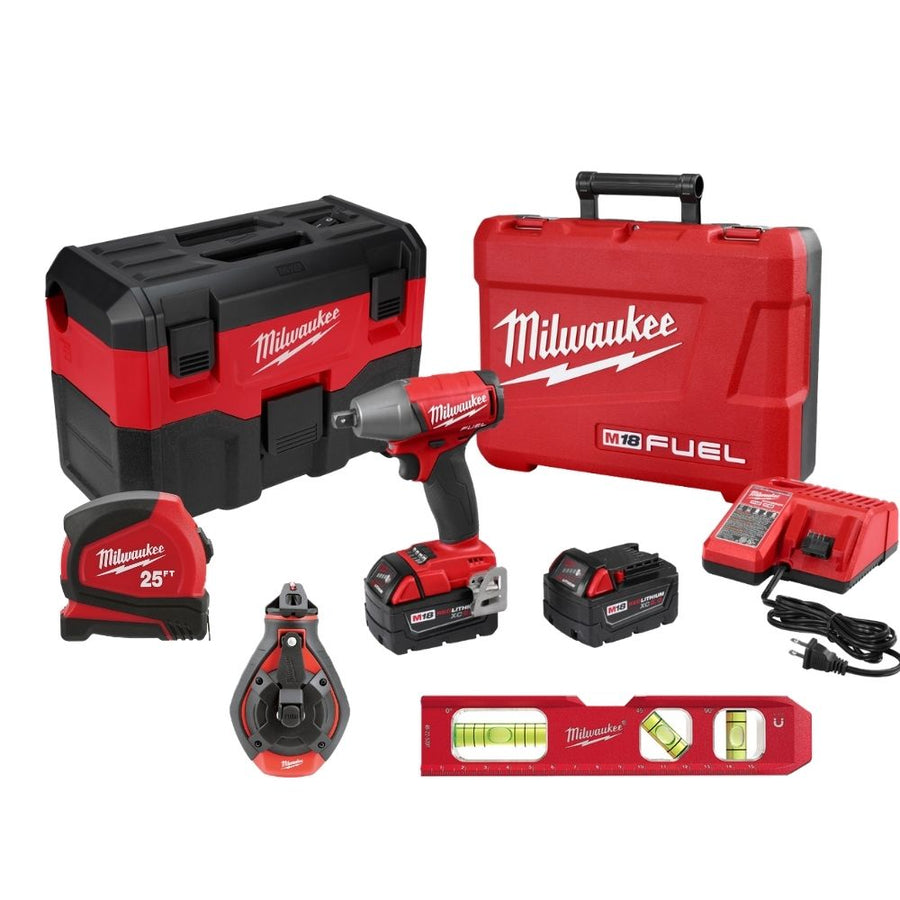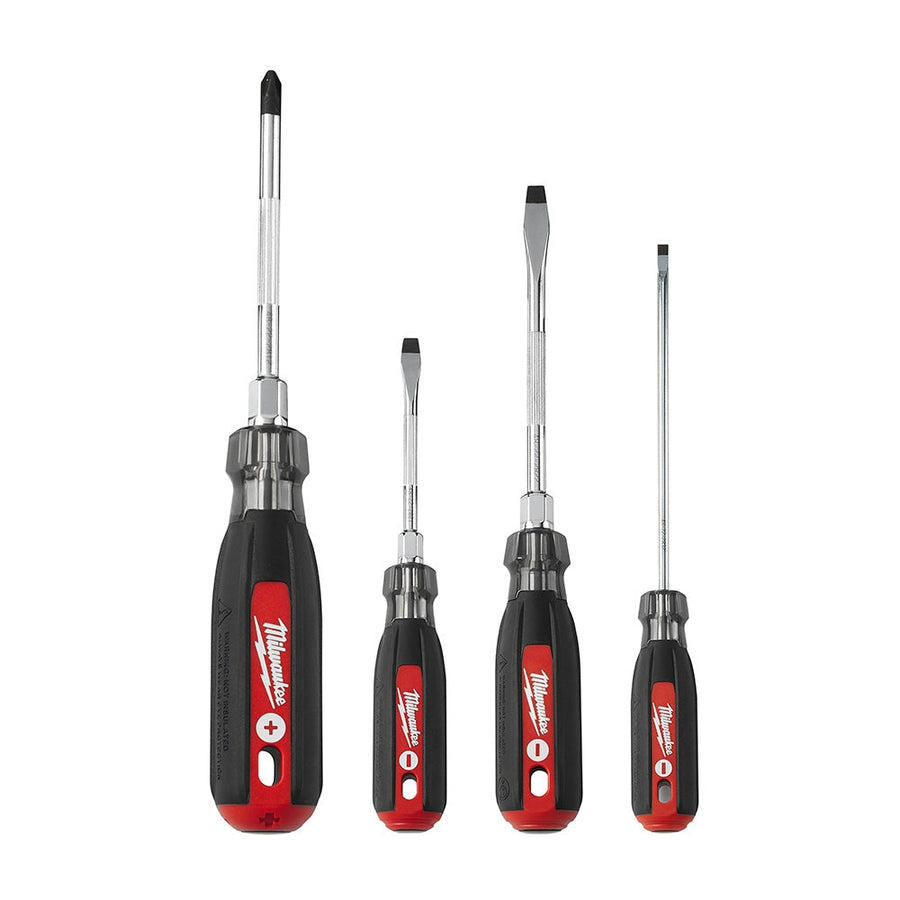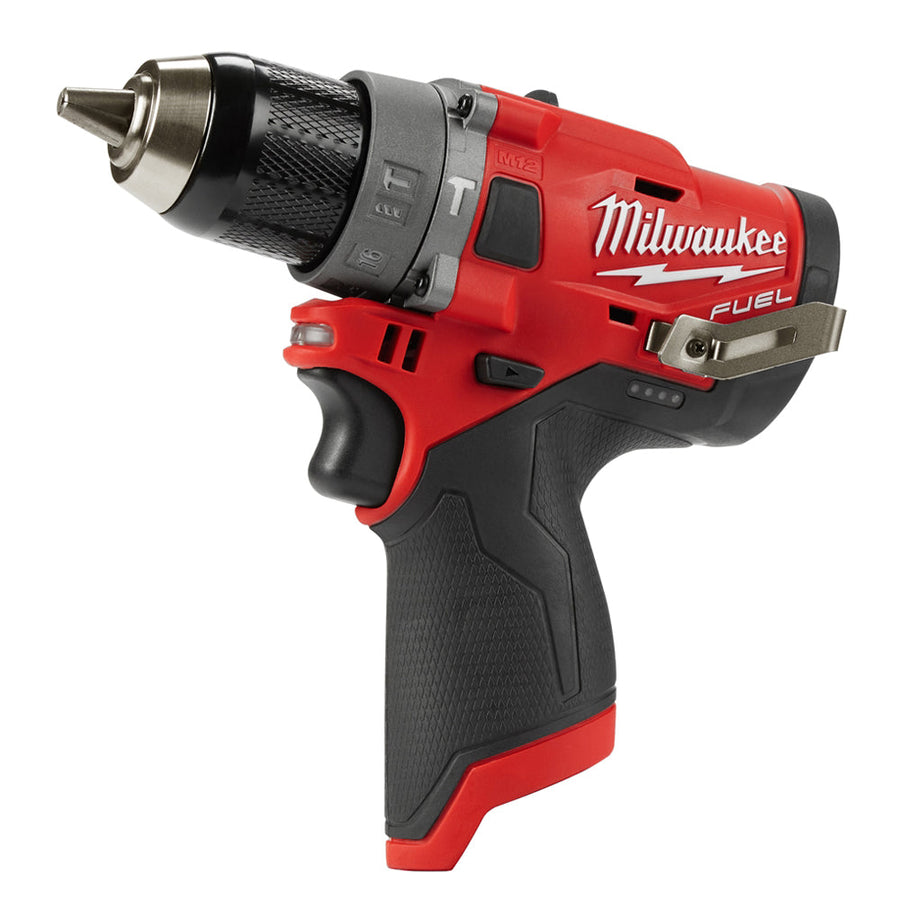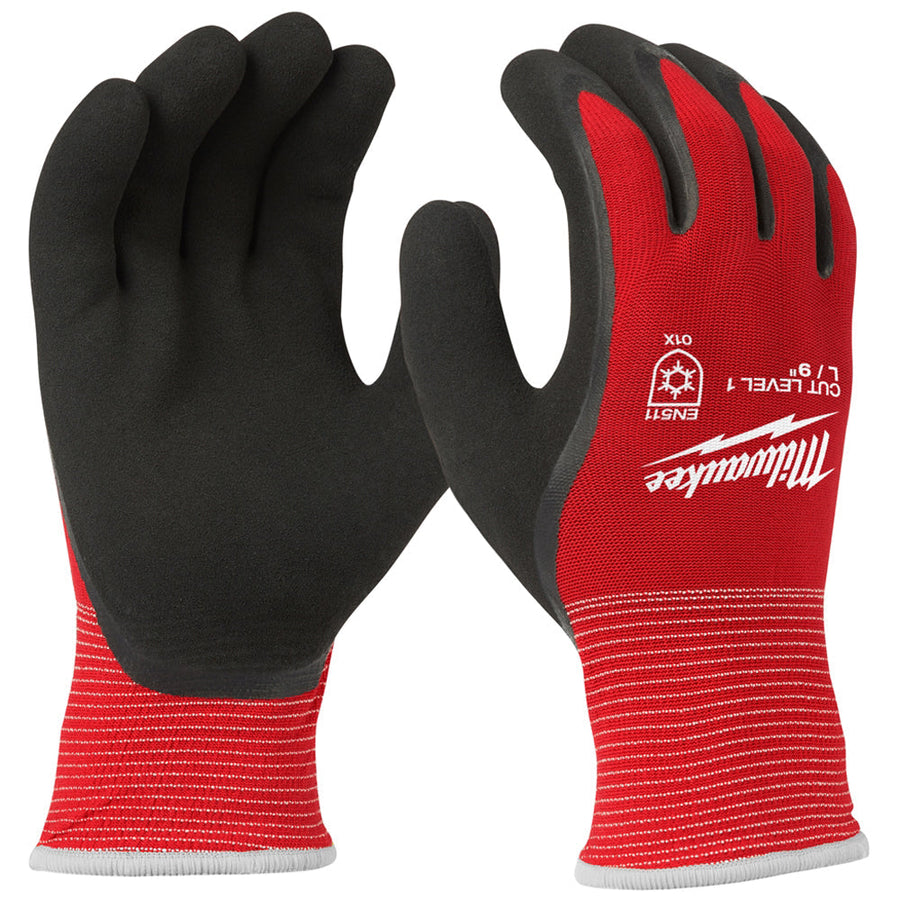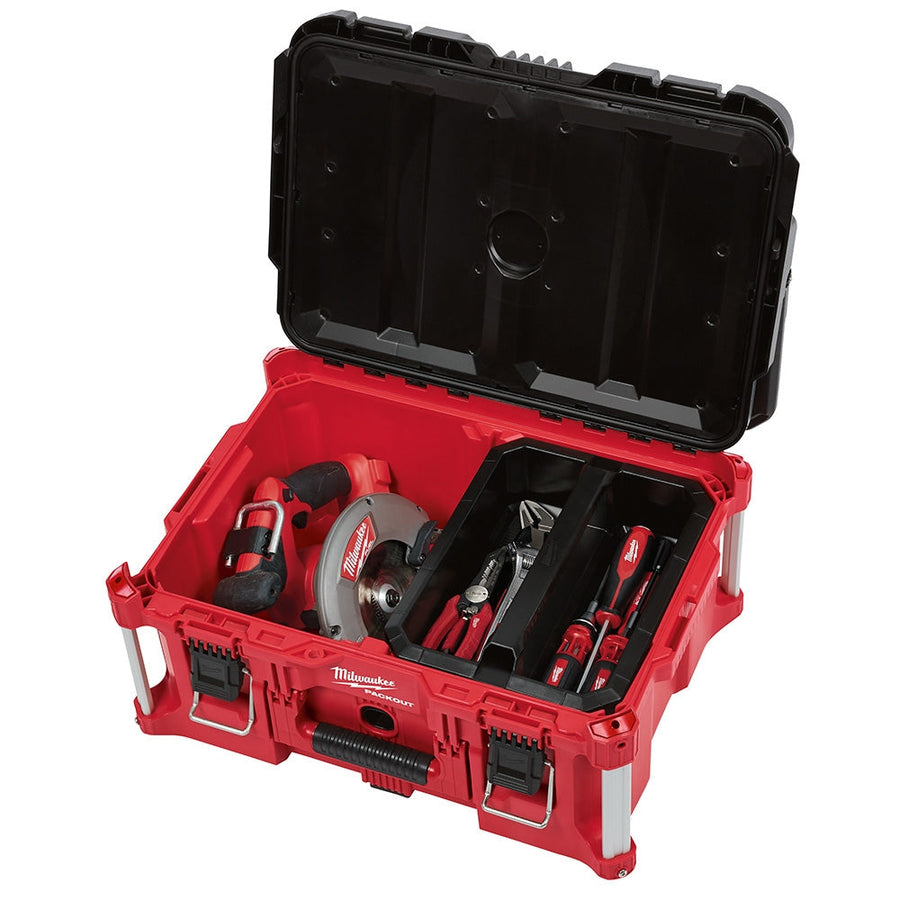Thanks to the amount of different items most warehouses stock these days due to the rise in ecommerce, one of the most commonly-faced challenges in the modern warehouse is SKU complexity - and it can have a bigger impact on your daily operations than you might expect.
What is SKU complexity?
“SKU complexity” refers to the amount of individual stock keeping units, or SKUs, you store in your warehouse or carry in your retail store. SKUs act as the unique identifiers (frequently an alphanumeric code) of each individual item you stock, including both unique products and variants thereof (size, color, etc).
Accordingly, SKU complexity is the total number of these SKUs throughout your entire operation. Each SKU you add, no matter how big or successful the product may be, adds to your overall complexity.
With that many SKUs, how can you keep them all manageable? Here’s how:
Tips for Managing SKU Complexity
Managing SKU complexity may seem like a tall order at first, but it can actually go a long way towards keeping your everyday warehouse operations a little more under control.
Categorization
The first step towards managing an increasing list of SKUs is to understand the categories at work. Take a look over your inventory and begin to break everything down by broad strokes. Don’t get too hung up on the details, just take a look at the easiest way to categorize the goods you store - “pants”, “digital watches”, and so on.
From there it becomes easier to break it down - by brand, by size, by type, or whatever makes the most sense for your typical daily operations. Just make sure to keep the naming conventions consistent across each category to avoid confusion. (You’ll also want to review these categories at regular intervals to make sure there haven’t been any major changes to how you organize these products.)
Develop a process for adding/removing SKUs
No matter how successful a given SKU may be, products tend to come and go more quickly these days than they did in the past, and this means you’ll have to be equally as fast at updating your records. Work with your teams to create an easy, accessible plan for changing your SKU records to reflect any changes in product availability and/or need as time goes by.
Review your storage procedures
All the SKU monitoring in the world won’t do you much good if your inventory doesn’t have a place to go. As you compile your list of SKUs, take a look around your warehouse to make sure everything is being stored in a way that makes sense and to maintain inventory access. Can your team easily access some of the faster-selling products, or are they stuck behind some slower-moving goods that need a little help to get accessed? Do you have the proper storage for each good, or are they taking up space on a more one-size-fits all solution? Do you even have enough space for each SKU to begin with, or do you need to bring in more pallet racking and boltless shelving to support the influx of new goods? Answering these questions may require some long-term redesigning of your warehouse, but it will be worth it in the end.
Monitor inventory performance
Last but not least, a crucial piece of the SKU management process is to continually monitor the performance of your inventory. At regular intervals, take the time to carefully review your sales data to identify the performance of various SKUs throughout your warehouse. This can help you to better understand what products are currently performing well to help you reconsider how you categorize, store, or manage these items. It can also help you to better understand sales trends in order to improve your warehouse forecasting over time.
With these tips in mind, managing even the most complex list of SKUs should be easier and more beneficial to your warehouse overall.


